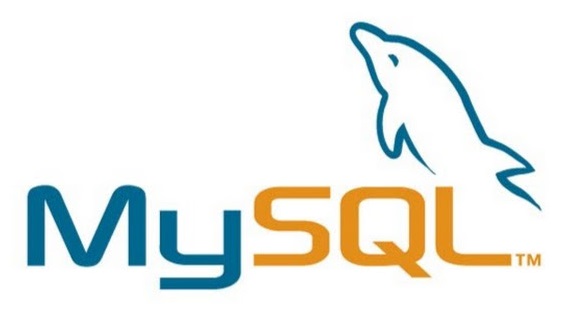Faced somehow with a mistake:
There is insufficient memory or disk space. Word cannot display the requested font.
In my case, the error occurred when you set a document to print in Microsoft Word 2010 on Windows 10. And from the browser and other programs to print documents started.
What I did not try to solve the problem, as well as check the integrity of the system files by running the following command at the command prompt on behalf of the administrator:
sfc /scannow
But the solution to the problem turned out to be banal.
I tried to add another network printer by IP and documents from Word to the new printer were printed.
The printer for which jobs were started and not printed, was connected via USB to a neighboring computer running Windows 7 and added to the current on the network.
Therefore, in order to solve the problem, in the properties of the printer where it is allowed to share it, we will add drivers for the necessary operating systems, in my case for Windows 10.
The second option, since the computers were side by side, I did not add the driver, but simply switched the printer to a computer with Windows 10, allowed it to share and added it over the network on a computer with Windows 7.
That’s all, the error has disappeared.
